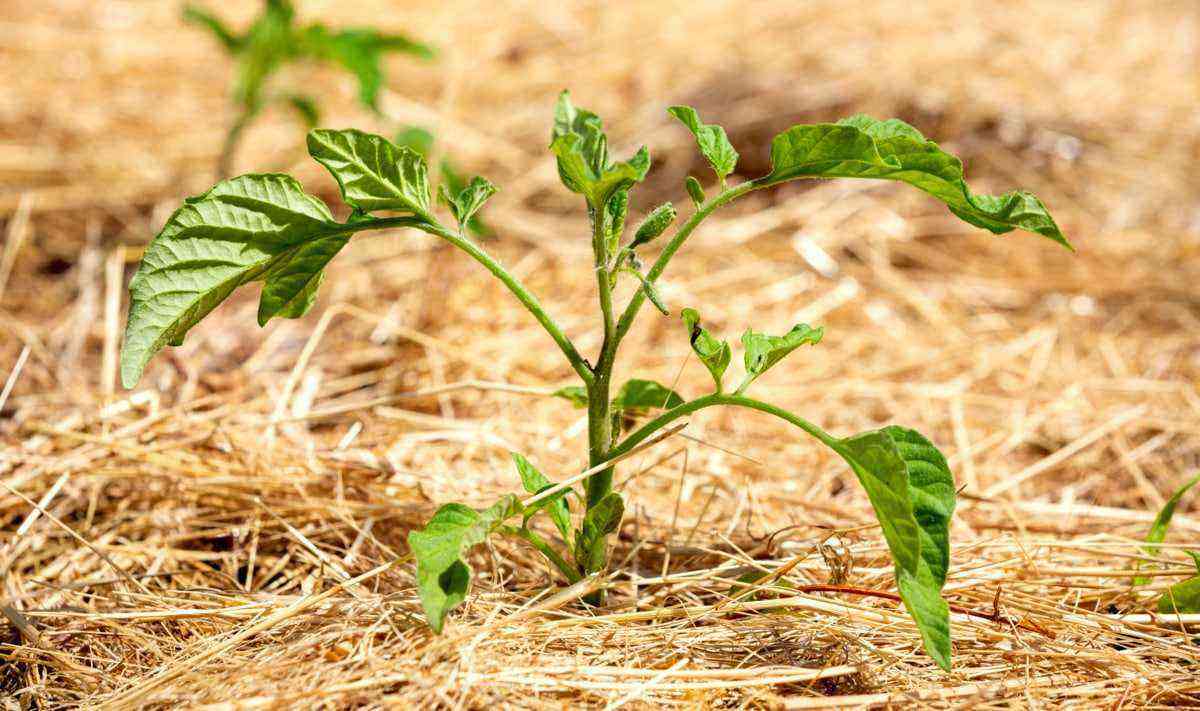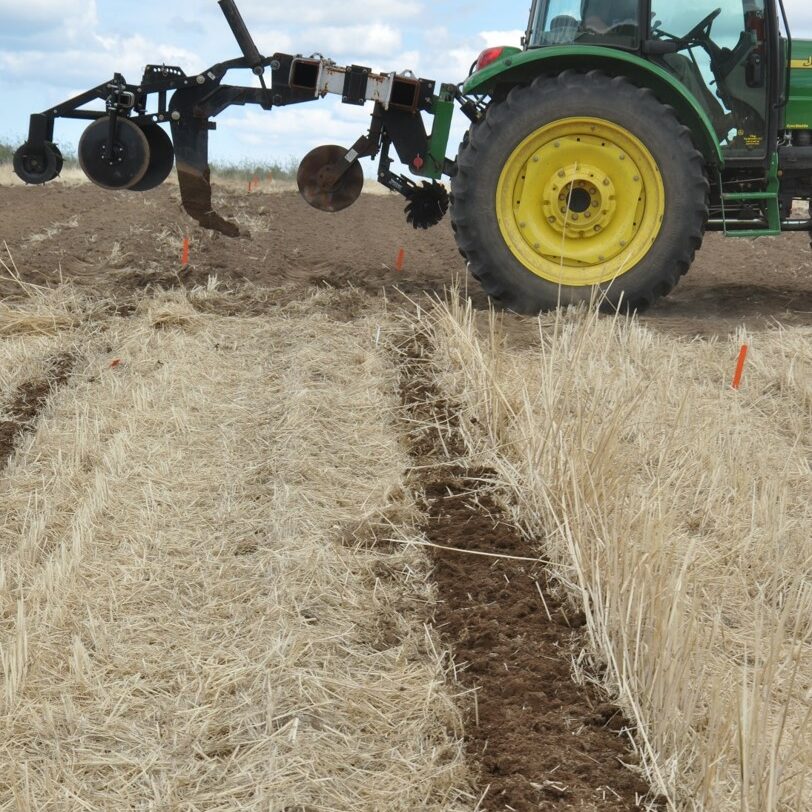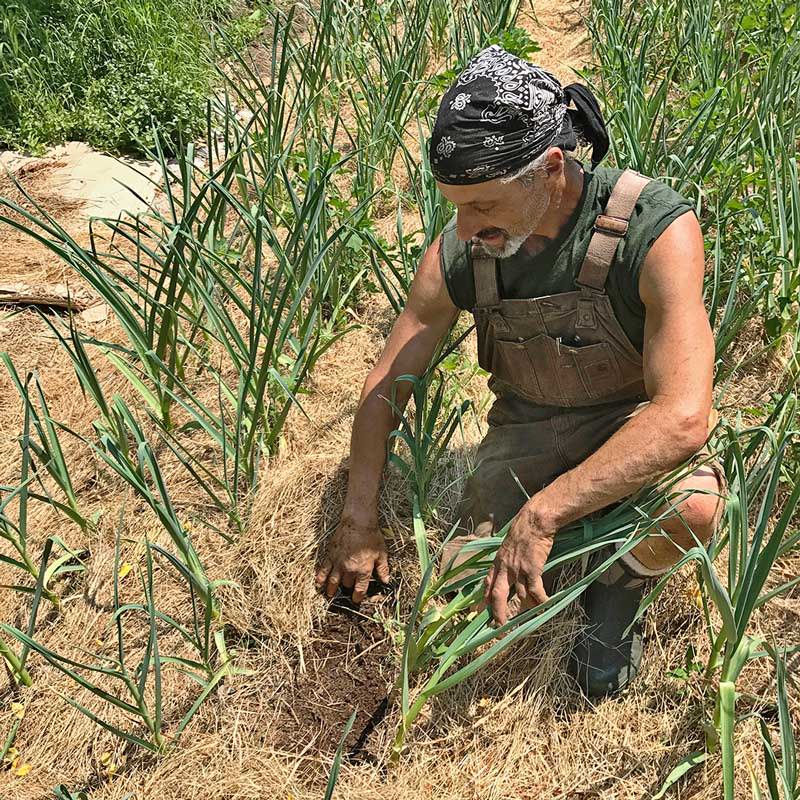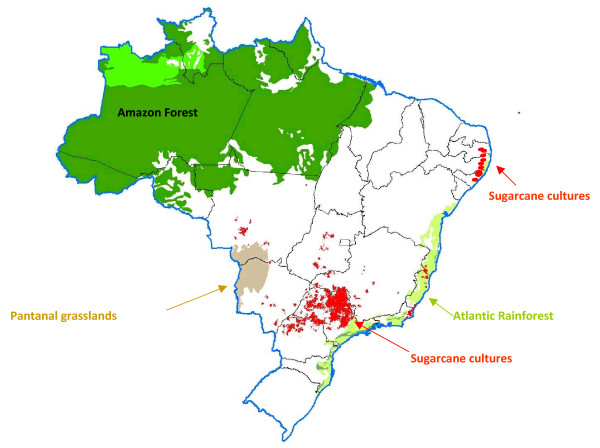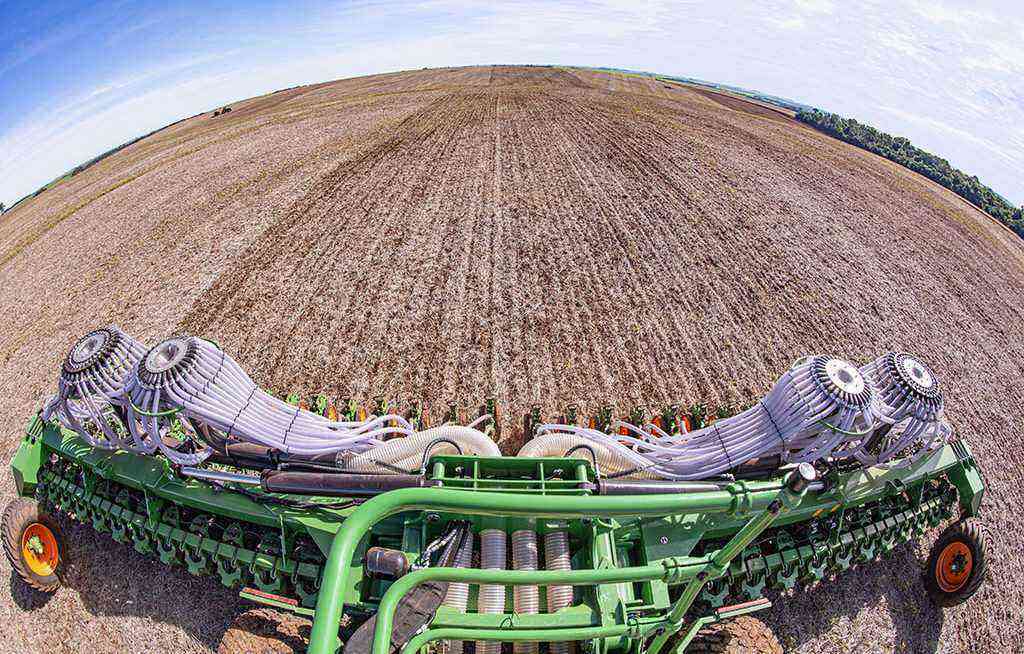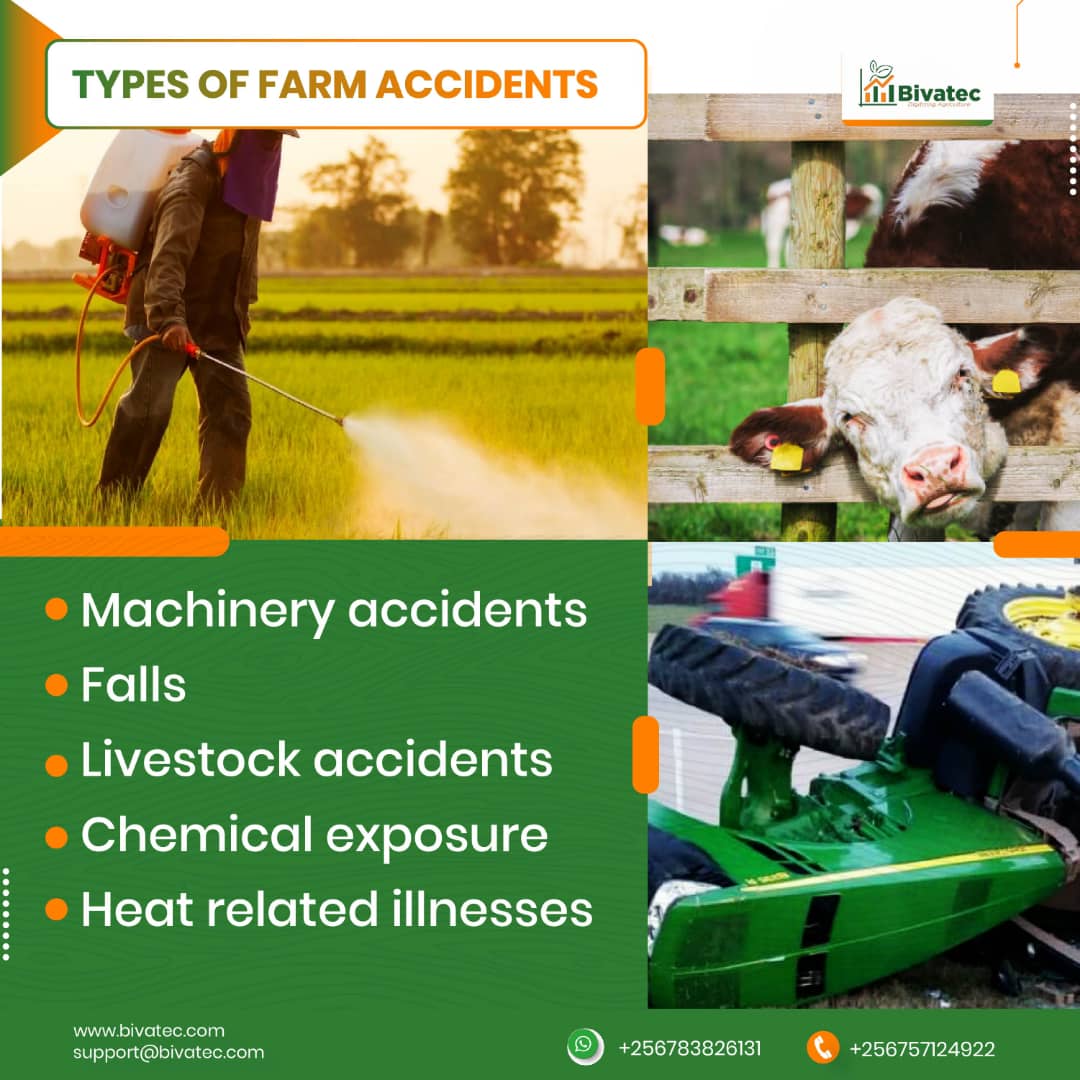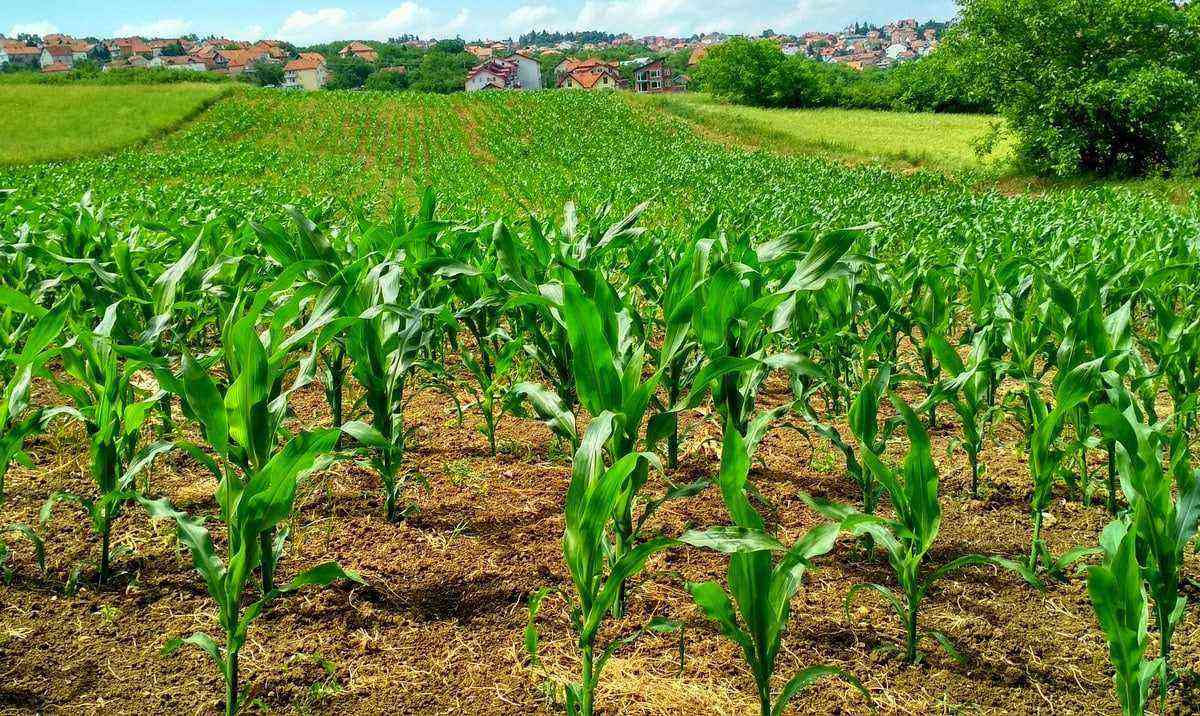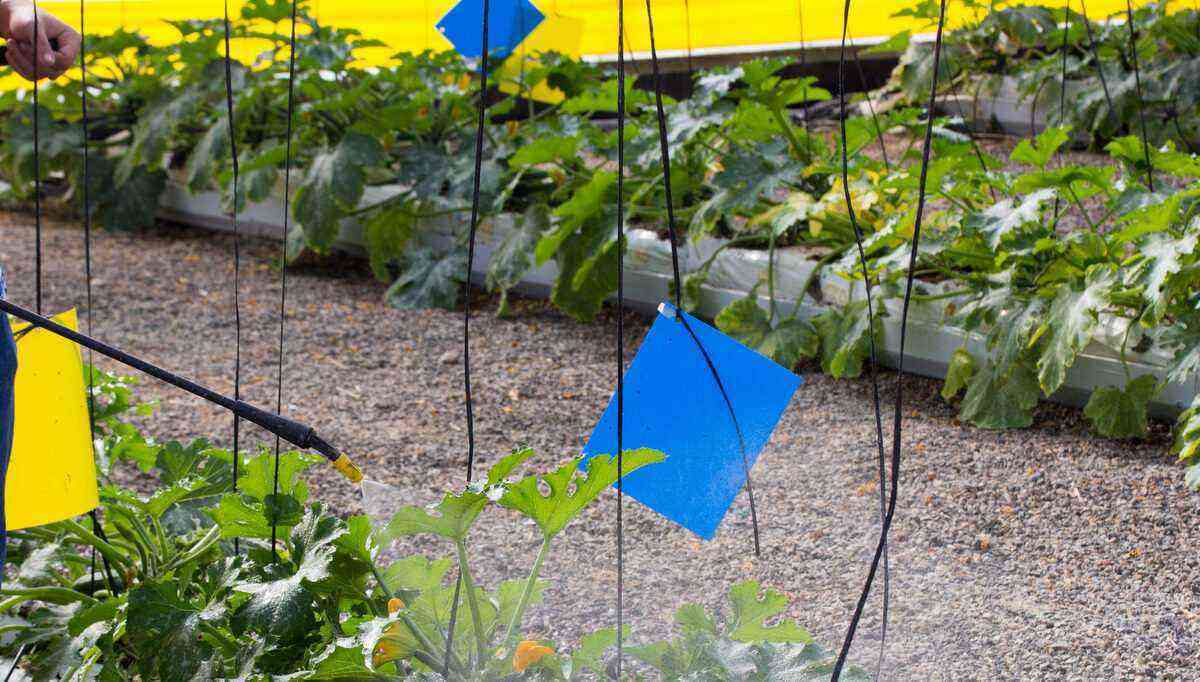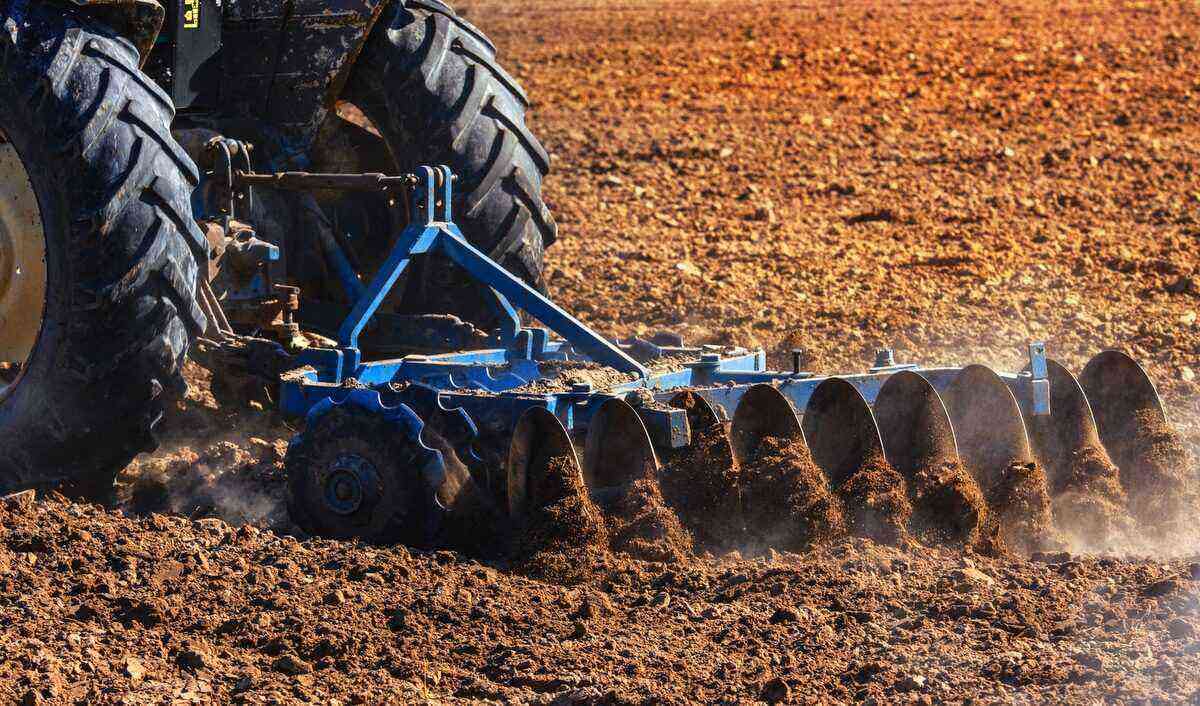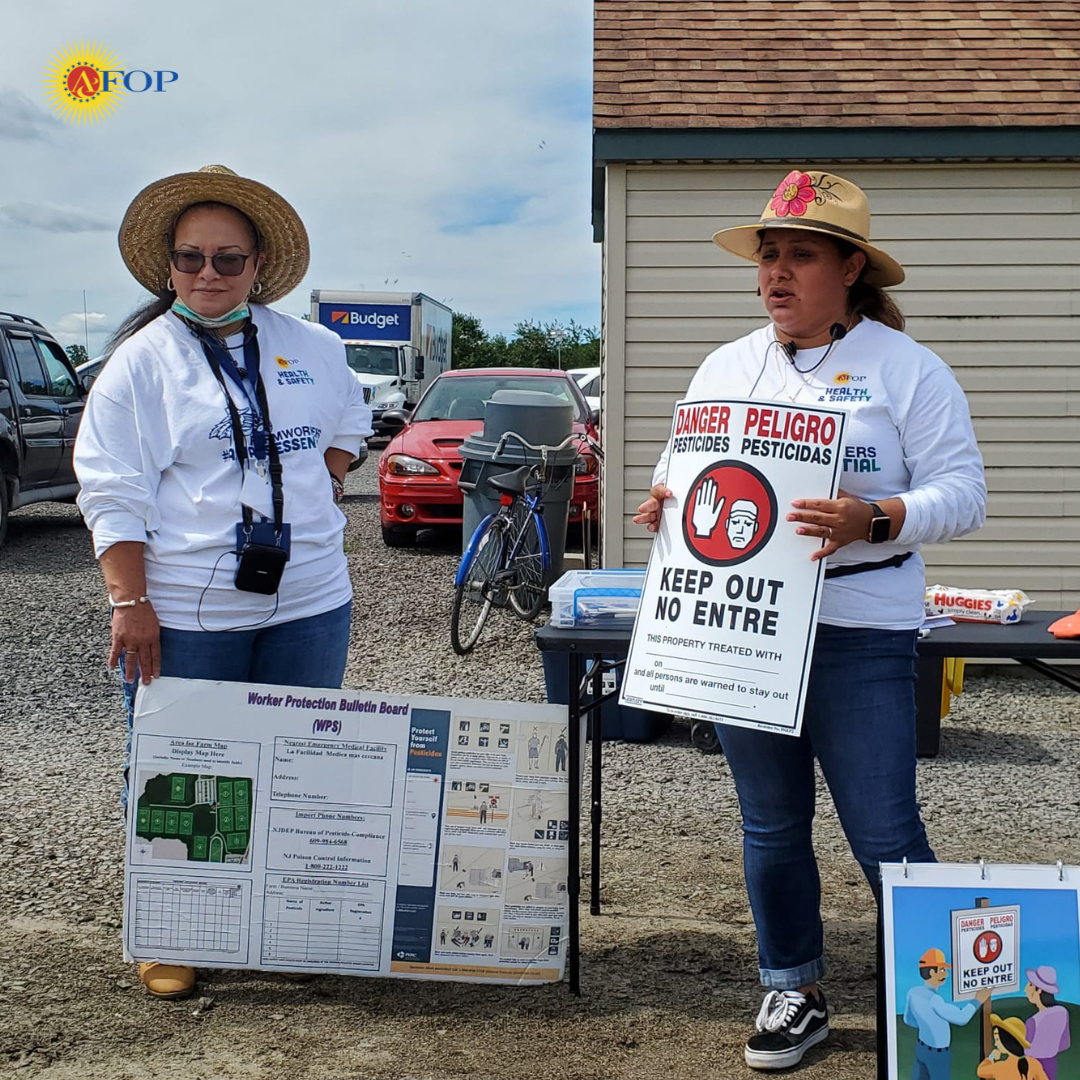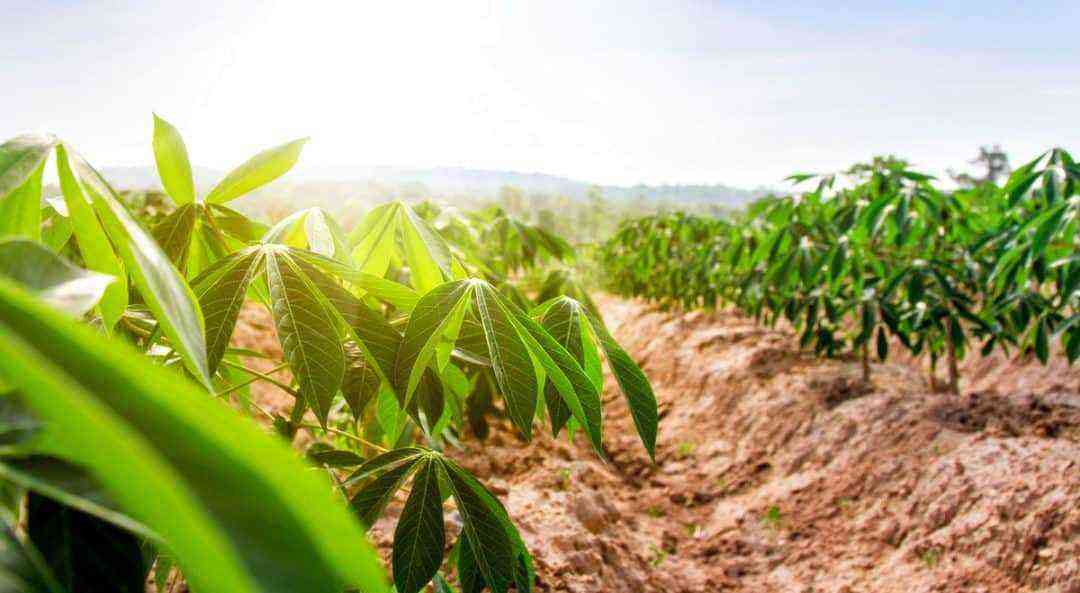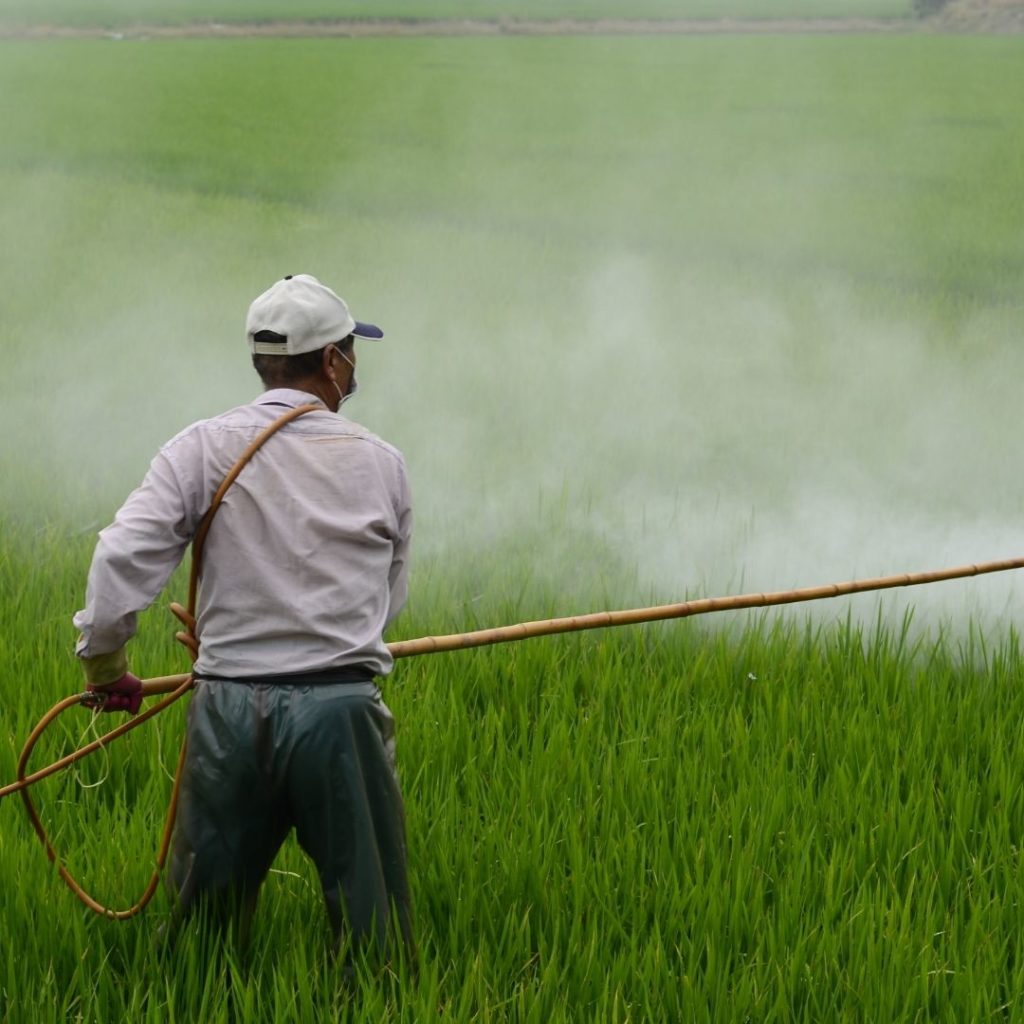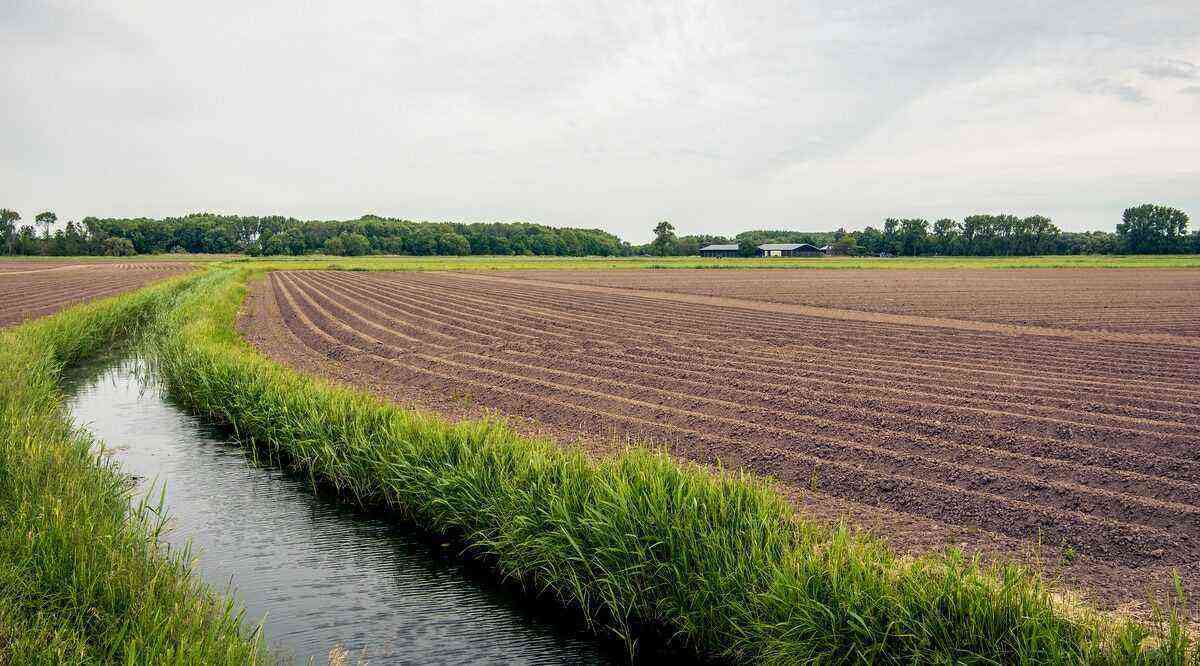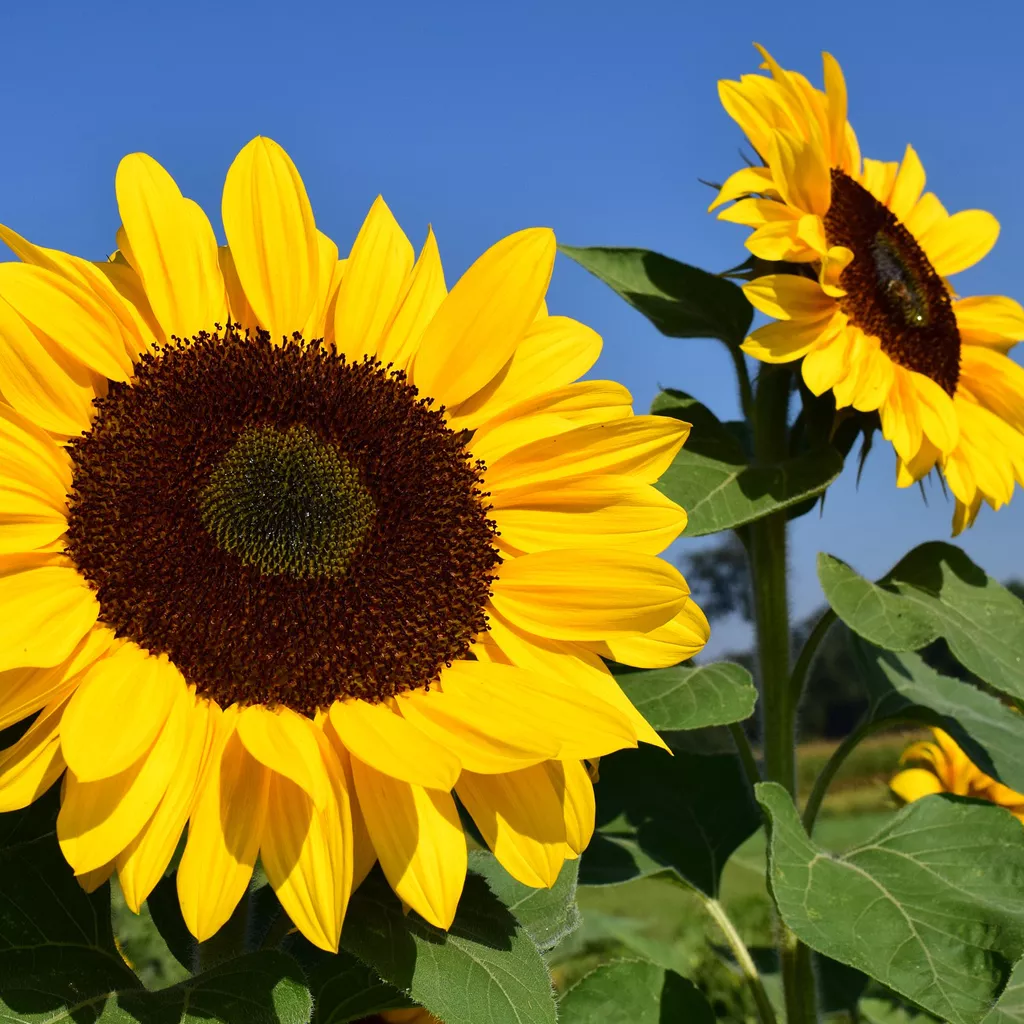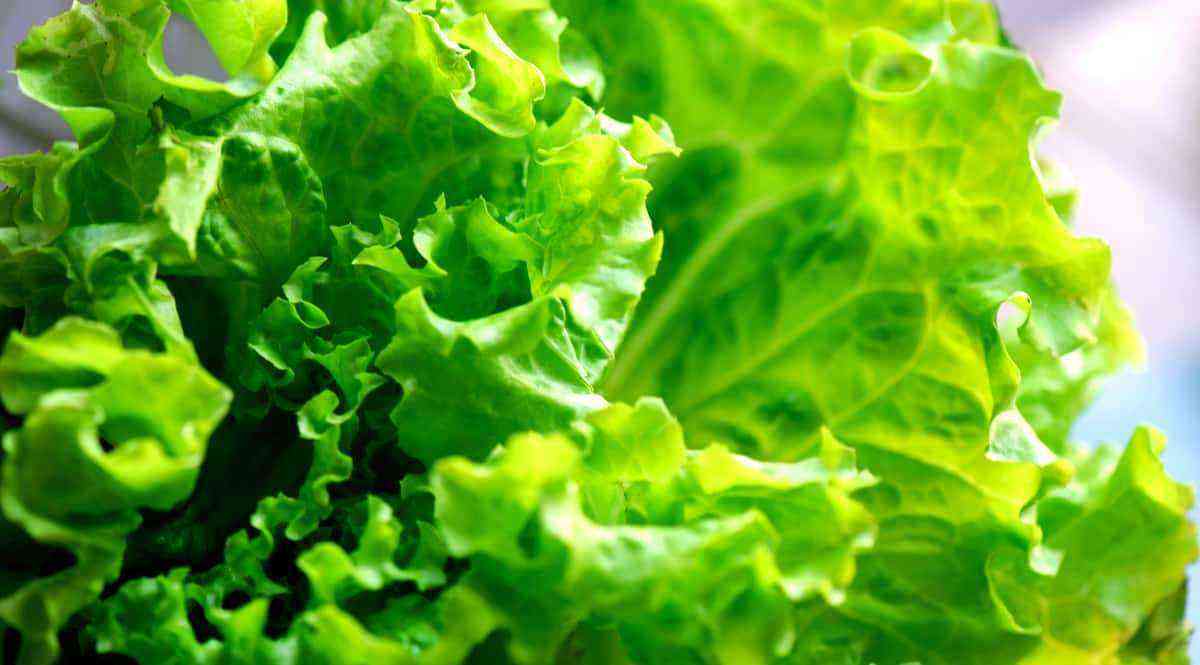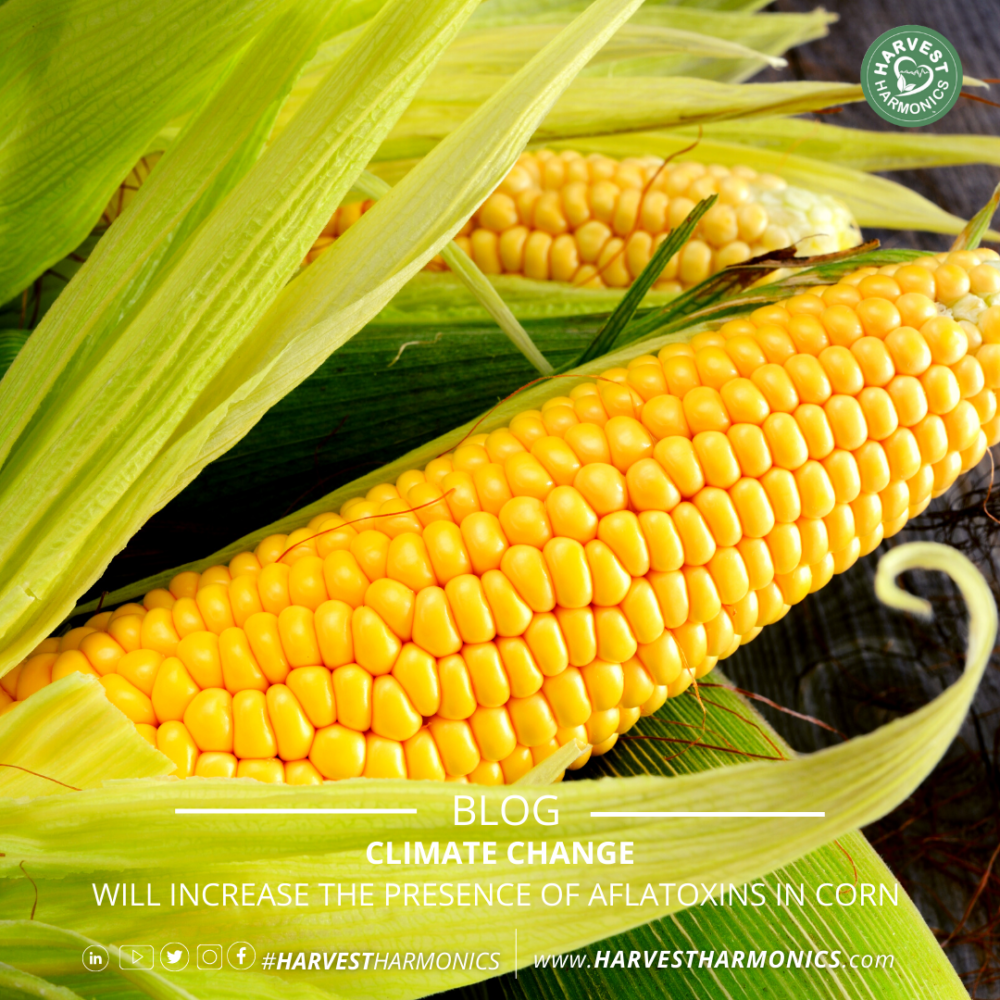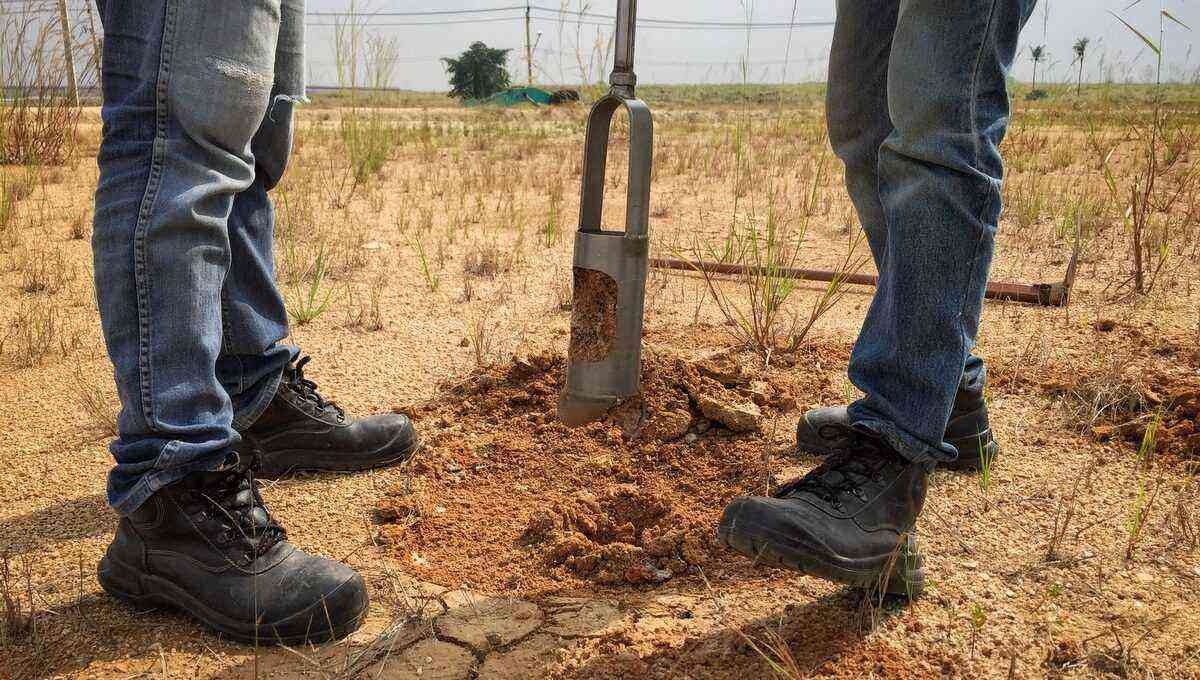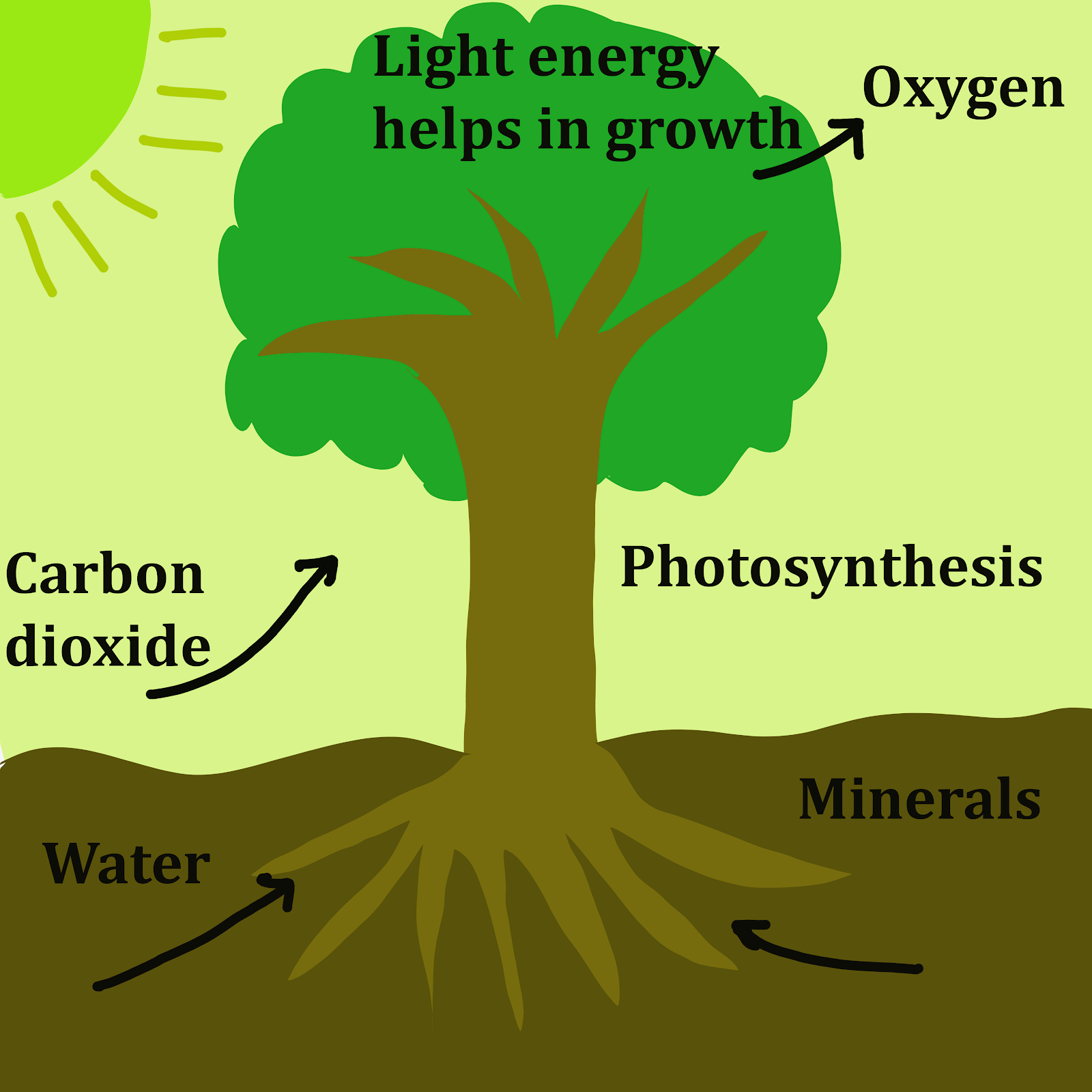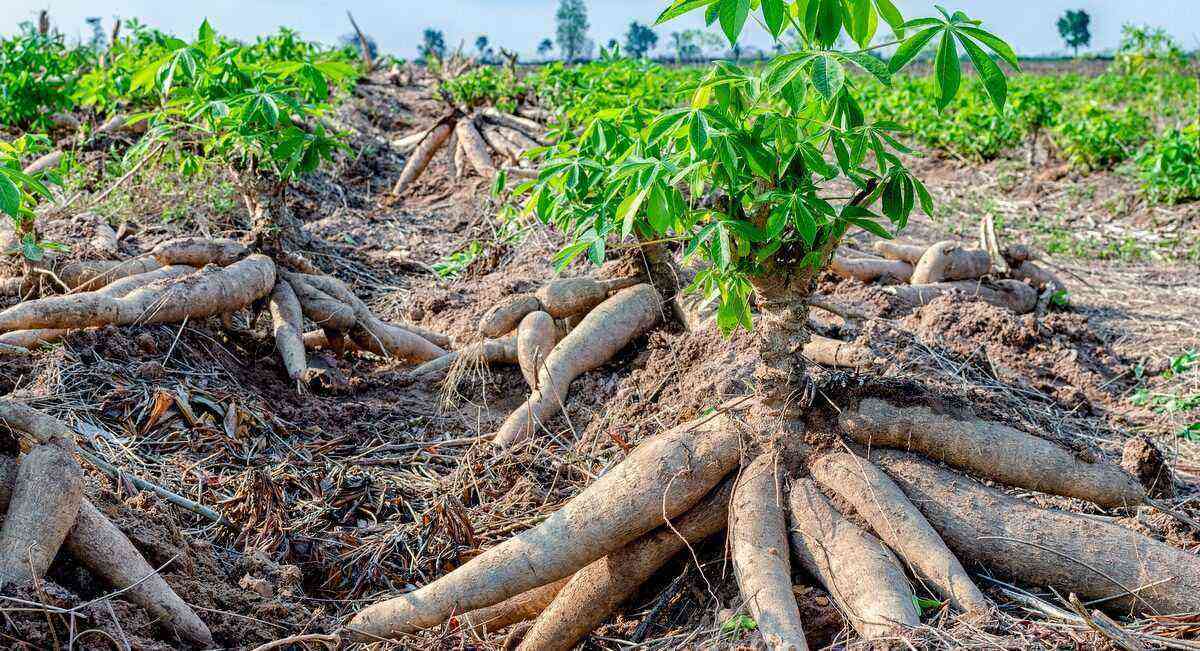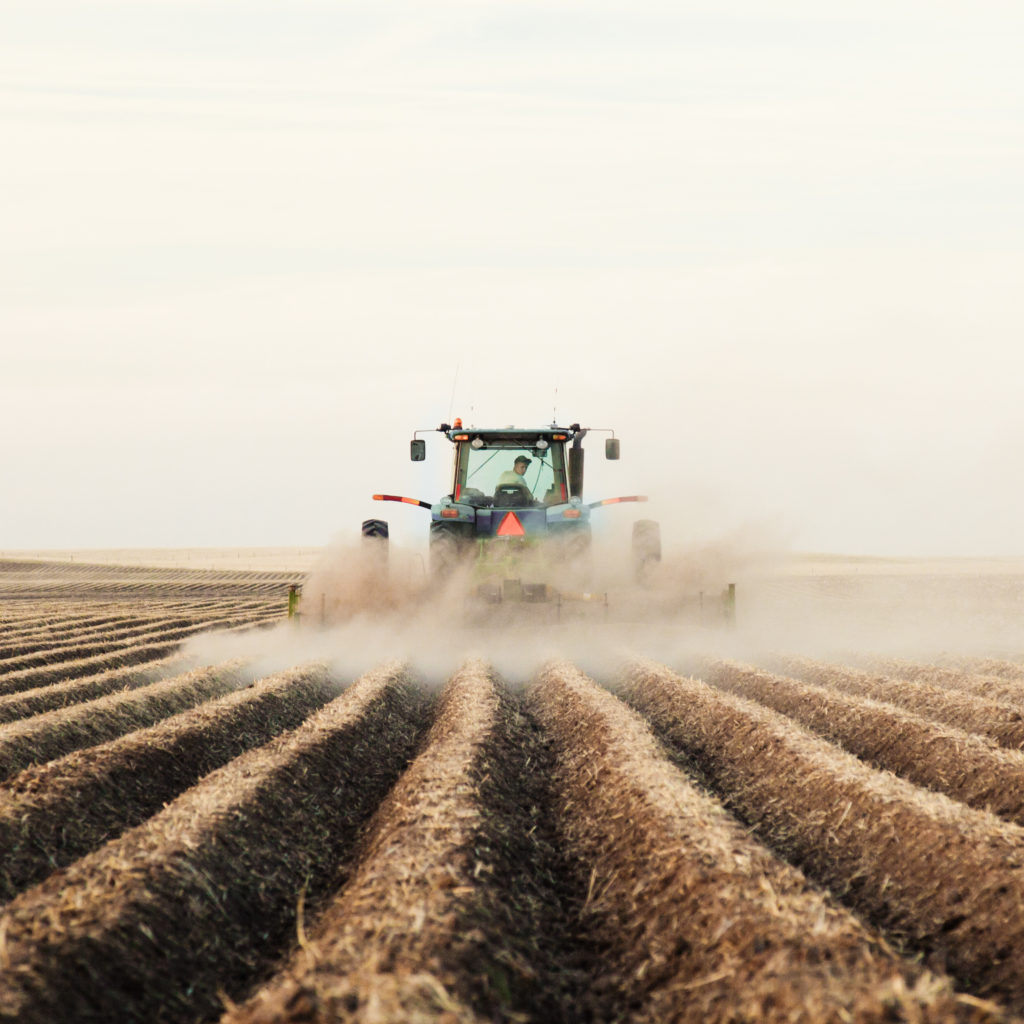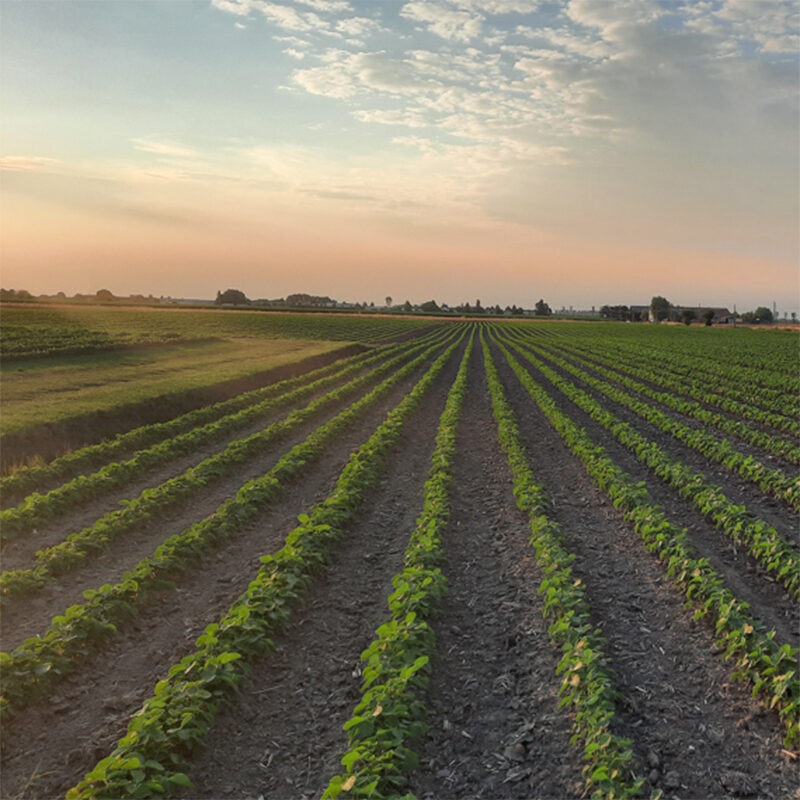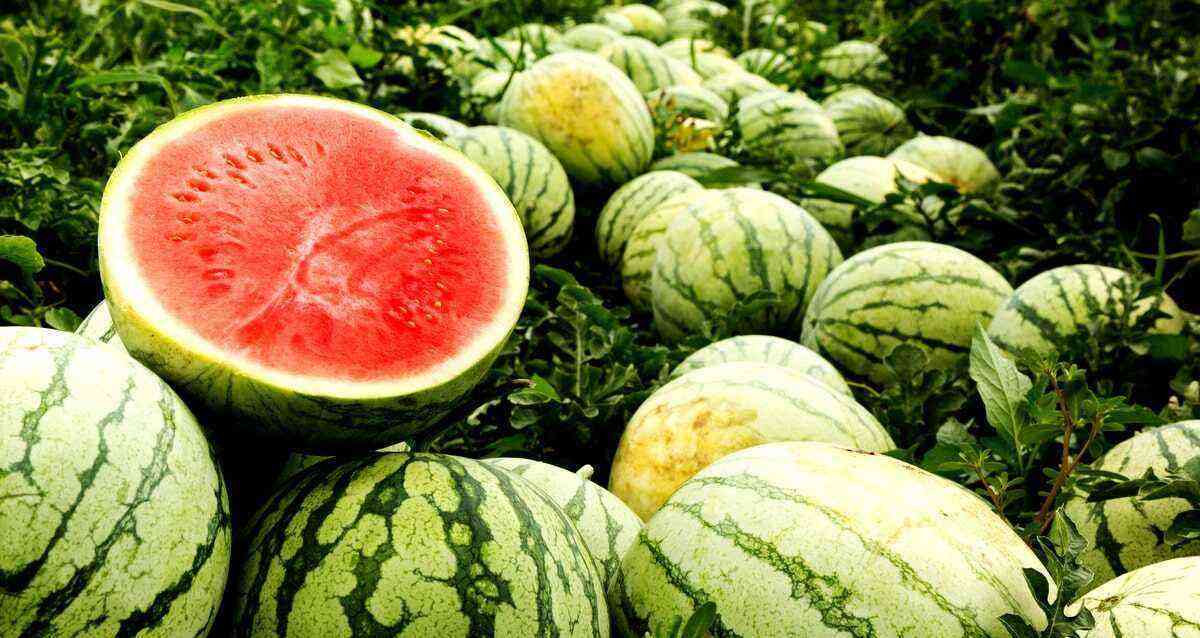The CEPEA (Center for Advanced Studies in Applied Economics) released a new survey on the prices of the agricultural market.
Check top quotes:
Fat ox
Live cattle prices remain steady, around R$ 220,00 per arroba in the state of São Paulo. Already the values of the calf and the lean ox have risen quite strongly in the last months.
The calf is traded above R$ 2 thousand per head since mid-June, and the lean ox, at R$ 3 thousand per head, both real records in the historical series of Cepea.
The arroba of the fat cattle in the state of São Paulo registers a slight devaluation of 1,42% in this year’s partial (from December/19 to July/20 partial). The last quotation (22/07) registers a value of R$ 221,65. The calf values rose 27,5% (R$ 2.069,18 – date: 17/07).
Pork
After sharp drops in prices between March and April, live swine values recovered in all regions, which remain firm. The highest price occurs in Minas Gerais: R$ 6,99/kg live – variation of 32,14%/month)
According to Cepea, this month, the rise in prices has been intensified by the low supply of animals in ideal weight for slaughter and increased demand.
In addition, Brazilian protein exports continue to perform well, which has further limited domestic availability.
Eggs
With the drop in egg prices and the high prices of the main inputs consumed in laying poultry, corn and soybean meal, the purchasing power of poultry farmers decreased in July.
For producers in the region of Bastos/SP (the largest producer in the state), the exchange ratio of eggs for these inputs in July is the worst for the month in the entire history series of Cepea, which began in 2013.
Egg prices rose again, driven by the traditional increase in demand in the first half of the month. The box (30 dozen) of white eggs has an average price in the last week of R$ 90,27 (variation of + 1,38% more). Red eggs, R$ 111,01 (change of + 1,03%).
Coffee
Since the beginning of the harvest, negotiations involving arabica coffee have been slow in the domestic spot market, especially due to the retraction of sellers who are waiting for even higher prices (attentive to deliveries already scheduled).
The last indicator (17/07) indicated that increases in the external values of Arabica and also of the dollar made the domestic market react.
Type 6 Arabica coffee, sold in the capital of São Paulo, for example, closed above R$ 500/60 kg bag, returning to the levels observed at the beginning of this month.
Soybean
With strong external and domestic demands, the stock/final consumption ratio at 48,55%, the soybean market may be the lowest since the 2011/12 harvest, when Brazilian production was 93,73 million tons. (the 2019/20 crop was 126 million tons).
As there is an inverse relationship between inventory and prices, sellers move further away from the market, reducing internal liquidity.
With the high volume already traded, producers, in turn, are away from sales, increasing the disparity between the values requested by sellers and offered by buyers.
This scenario has been limiting liquidity and sustaining grain values.
Wheat
Wheat prices rose again in many regions, mainly in the batch market (negotiation between companies), but they are still weakened in others.
The upward movement is supported by the low supply in the domestic market and the appreciation of the dollar against the real.
The declines are influenced by attempts by some sellers to liquidate last season’s remaining stocks (at lower prices).
Manioc
After finishing the planting of the 2020/2021 crop, part of the cassava producers returned to market larger amounts of production, including the 1st cycle, increasing the supply of the root, a scenario that limited the rise in prices.
Demand, on the other hand, remains firm, with an increase in crushing in most of the starch factories. With the completion of planting, the offer should increase even more in the coming weeks.
Cassava supply expected to rise in coming weeks
However, Cepea points out that there are few crops to be harvested, many crops were pruned and should supply the market only in the last quarter of this year.
Cotton
The harvest of the new 2019/20 cotton crop has been gaining strength, but the supply of lint in the market is still low spot nationally, especially from higher quality batches.
Producers are focused on field activities, processing, closing contracts for the international market and delivering products on term, mainly for export. The few active sellers in the spot remain firm on the requested values.
Thus, even in the face of low demand, there was difficulty in finding feathers within the desired characteristics, a context that supported the values.
Corn
The advance in the harvest of the second Brazilian crop and the drops in international prices and in the port region (which had been sustaining domestic prices) slowed the pace of the rise in corn prices in many markets.
Overall, buyers are waiting for more second-crop batches to enter. Many are also receiving the corn traded in advance.
On the selling side, external and dollar declines reduced interest in negotiating lots for export.
Rice
The paddy rice market in Rio Grande do Sul has become heated again.
A good part of the industries/processors in the state remained interested in new purchases, with the aim of replenishing inventories.
Still, there is the expectation of firmer prices, due to low carryover stocks. In this scenario, the prices of paddy rice continued to rise.
Ethanol
With the reheating of demand, the price of hydrated ethanol continued to rise in the last week in the São Paulo market.
The volume traded and raised more than doubled compared to the previous period (a significant increase of 108%).
Even so, the amount sold last week remained in sixth place among the volumes captured since the beginning of the 2020/21 season in the state of São Paulo.
Want to follow more quotes from the agricultural market, access our news page.


